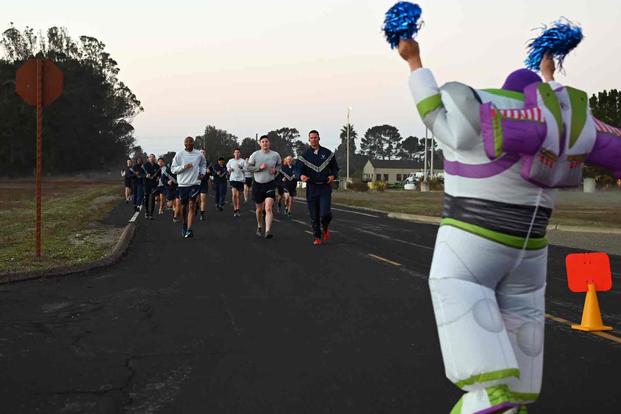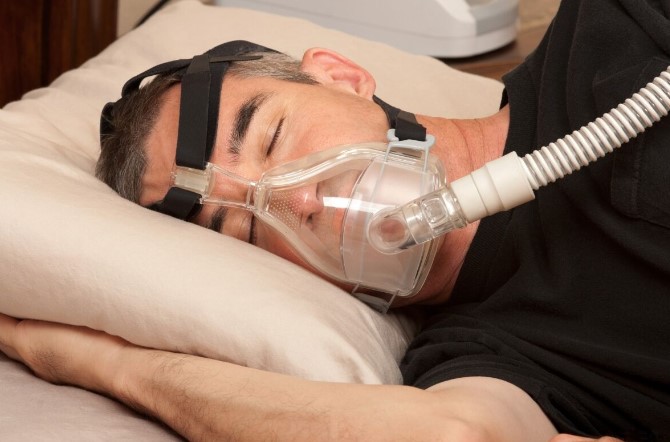10 Exercises to Add to Your Fitness Routine (& Strengthen Your Heart)

We know exercise and physical activity are important for a healthy lifestyle and to reduce the risk of developing health conditions like heart disease. Heart disease is the number one cause of death in Americans and can impact your life insurance, but exercise is one way to lower your risk.
Life insurance is necessary to protect your family from unexpected financial strain that can come from end-of-life or burial expenses. You can still get life insurance after a heart condition, but it may be more costly. If you already have a heart condition, it’s important to manage it to find the best life insurance coverage and rates.
Staying active is important for everyone, no matter what your current health status may be. We will discuss the benefits of exercise and physical activity, the current physical activity recommendations, and 10 exercises you should add to your exercise routine.
The Health Benefits of Exercise and Physical Activity
Often, the terms physical activity, exercise, and fitness are used interchangeably. While they have similar meanings, they are a bit different in their definitions.
Physical activity refers to general movement and activity, like walking around the grocery store. It may be done to improve your health, as a hobby, or as a necessity.
Exercise is more structured, planned, and has goals associated with it.
Fitness focuses on specific aspects of exercise, like cardiorespiratory or aerobic endurance, muscular endurance, or flexibility.
Cardiorespiratory or “cardio” exercises improve your heart, lungs, and blood vessels. They are also called aerobic activities because they use more oxygen and raise your heart rate.
Muscular endurance exercises strengthen your bones and muscles. Flexibility exercises help you move easier and improve the range of motion of your joints.
Physical activity, exercise, and fitness have several health benefits. Those benefits include:
- Enhanced ability to complete activities of daily living, like carrying groceries, climbing stairs, or playing with children or grandchildren
- Enhanced cognitive function
- Improved immunity
- Improved sleep quality
- Lowered risk for chronic health conditions like heart disease, diabetes, and some types of cancer
- Maintaining weight loss and weight management
- Stronger bones and muscles
What are the current physical activity recommendations?
The 2018 Physical Activity Guidelines for Americans are the current physical activity recommendations on aerobic activity, muscular strengthening activity, and flexibility. These guidelines provide weekly recommendations and are based on the amount of activity that improves health outcomes.
You should get 150 minutes of moderate-intensity aerobic activity weekly or 75 minutes of vigorous physical activity weekly. Moderate activities are those that raise your heart rate above normal but are not as strenuous as vigorous physical activities.
You can also tell the difference if you rate the activity on a scale of 1 to 10, with 1 being easy or resting and 10 being the most intense. Moderate-intensity physical activity should feel like a 4 to 6 on a scale of 1 to 10. Vigorous-intensity physical activity will feel like a 7 to 9 on a scale of 1-10.
The guidelines also recommend two sessions of muscular strengthening activities weekly to work all the major muscles of the body. This could be broken up into two upper-body sessions and two lower-body sessions, as long as the muscles are getting used twice a week. Two sessions of flexibility activities weekly are also recommended.
10 Exercises to Add to Your Fitness Routine
An adequate fitness routine should include a variety of exercises that improve health, regardless of your age. You should have cardiorespiratory (aerobic) exercises, muscular strengthening exercises, and flexibility exercises to help meet your health and fitness goals.
#1 – Walking or Running
Walking and running are some of the best exercises you can do not only for your heart but also for your overall health. Walking is less impactful and less strenuous and can be done by almost anyone, anywhere. Running is great because it burns a lot of calories in a shorter amount of time.
Walking or running can be done outside or inside on a treadmill. If you want to add intensity and work different muscles, you can add hills or inclines to your walk or run. You can also run up and down a set of stairs to add intensity and change up the muscles being worked.
Walking or running is also helpful for your mental health. Think about how good you feel after a walk or run outside in the sunshine and fresh air.
#2 – Yoga
Yoga has numerous health benefits. This activity can help improve your flexibility, boost heart health, and enhance your mental health.
It’s a great form of self-care and a technique for stress management, and it can also cultivate mindfulness. Taking time to destress, refocus, and breathe is a great way to use yoga to keep your heart and mind healthy.

#3 – Bodyweight Exercises
Bodyweight exercises are exercises that use your body weight as resistance and do not use external weights. Examples include squats, lunges, or pushups. These are great because they can be done anywhere without fancy equipment.
Some bodyweight exercises are also good at increasing your heart and breathing rate, which improves your cardiorespiratory endurance. Jumping jacks, high knees, and burpees are aerobic because they use oxygen, so they can improve your heart, lungs, and blood vessels.
Jumping rope is another great bodyweight exercise and only needs one piece of equipment.
#4 – Core Exercises
Core exercises are important because they strengthen the muscles that connect your upper and lower body. They are important for standing upright, proper posture, and preventing lower back pain.
Sometimes we think of the core as just being exercises that work the front abdominal muscles. But we should include exercises that work the front and back core muscles. A variety of these exercises is helpful in keeping a balance between the front and back muscles.
Planks, crunches, bicycle crunches, and leg raises work the front abdominal core muscles. Back extensions, bird dogs, and alternating superman exercises work the back core muscles.
#5 – Swimming
Swimming is a great low-impact exercise that strengthens your heart but also works many muscles throughout your body. It works many of the large back muscles, arm muscles, core muscles, and large lower body muscles. Swimming can be more or less intense depending on how fast or how long you swim.
#6 – Cycling
Cycling can be done in a variety of ways. You can use a stationary bike inside or a bicycle outside. Many gyms and health clubs also have cycling classes.
This exercise improves cardiorespiratory health and works the large lower body muscles. Cycling can be less or more intense depending on how fast you pedal and if there are any inclines.
#7 – Stationary Rower
A stationary rower is a great aerobic activity and uses many upper and lower body muscles. It uses the large lower body muscles like your quadriceps, as well as many of your back and arm muscles. It is also an aerobic exercise that improves heart rate.
#8 – Resistance Band Exercises
Resistance bands are a great addition to your exercise equipment. They are cheap and come in a variety of different strengths and sizes for different intensities.
Resistance bands can be used for upper body and lower body exercises. They are also easy to transport and store for use when traveling.
#9 – High-Intensity Interval Training
High-intensity interval training is great for raising your heart rate and burning lots of calories. It involves doing short bursts of intense exercise followed by short recoveries.
There are many different ways to do high-intensity training, but some examples include sprinting, running stairs, doing bodyweight exercises, or doing strength training exercises. For example, doing 30-second sprints with 1 minute of recovery for 20 to 30 minutes is an easy way to do high-intensity interval training.
You can also mix aerobic and muscular activities during high-intensity interval training. You could do 1 minute of push-ups, planks, and crunches followed by 1 minute of jumping jacks or high knees. Add in 30 seconds to one minute of recovery in between rounds or exercises.

#10 – Flexibility Stretches
Stretches can be dynamic, meaning you are moving, or static, which means you are doing them while remaining still. An example of a dynamic stretch is doing a sideways lunge, moving back and forth while doing it. An example of a static stretch is holding a lunged position to stretch lower body muscles.
Dynamic stretches can be done at the beginning, during, or at the end of a workout to help you reach your health goals. Static stretches are best done at the end of a workout to serve as a cool down and to help improve flexibility.
Life Insurance and Health
Keeping a good physical activity routine can improve health in many ways, which also impacts life insurance rates. Life insurance rates are the cheapest when you are young and healthy. No matter your age or health status, you can find affordable life insurance coverage when you compare rates online or work with an insurance agent.
Strengthen Your Heart and Muscles with a Variety of Exercises
Ultimately you should find the activities that you enjoy doing to keep you regularly active. A variety of different exercises is helpful to ensure you are getting the most benefit and also helps prevent boredom.

Melissa Morris writes and researches for the life insurance comparison site, TopQuoteLifeInsurance.com. She is a university professor of health sciences and human performance and a certified exercise physiologist.
Local news
The Racine County Eye, which includes the Kenosha Lens, is your source for local news that serves our diverse communities. Subscribe today to stay up-to-date with local news.
Follow us on Facebook: Racine County Eye or Kenosha Lens, and Twitter to make sure you get the latest news.
Racine County Eye and Kenosha Lens – Journalism that serves.







